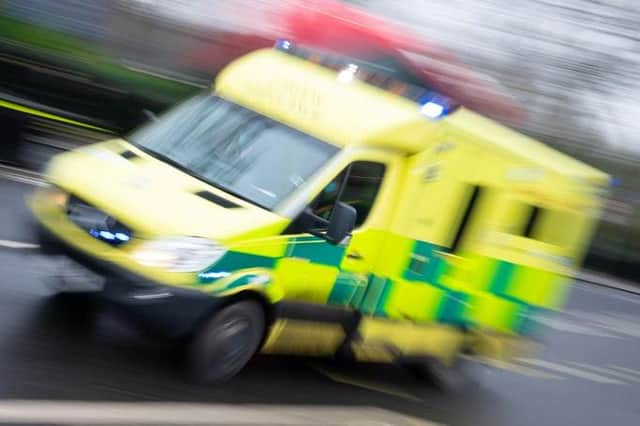How the virus changed Northumberland's death rates


Office for National Statistics data comparing the number of deaths registered during the pandemic to a baseline from previous years, shows East Cramlington and Parkside, Longhoughton and Alnmouth and Prudhoe had the highest number of excess deaths.
The figures show that, in the 14 months to the end of April, there were 4,759 deaths registered in Northumberland – 487 (11.4%) more than the 4,272 predicted in the baseline data.
Advertisement
Hide AdAdvertisement
Hide AdOf these, 700 had Covid-19 listed as the main cause but many Covid-related deaths at the start of the pandemic may have been undiagnosed.
The measurement compares the number of deaths registered with how many were predicted based on previous mortality rates.
In Northumberland, the areas with the highest excess death rates were:
*East Cramlington and Parkside – 147 deaths, 43 (41.3%) more than expected, and including 33 with Covid-19 listed as the main cause.
Advertisement
Hide AdAdvertisement
Hide Ad*Longhoughton and Alnmouth – 132 deaths, 28 (26.9%) more than expected, including 17 due to Covid-19.
*Prudhoe – 147 deaths, 29 (24.6%) more than expected , including 19 due to Covid-19.
The areas with the lowest excess death rates were:
*Ashington South – 45 deaths, 12 (21.1%) fewer than expected, and including one with Covid-19 listed as the main cause.
*Wylam and Ovingham – 59 deaths, 14 (19.2%) fewer than expected, including six due to Covid-19.
Advertisement
Hide AdAdvertisement
Hide Ad*Blyth Cowpen – 135 deaths, 13 (8.8%) fewer than expected, including 28 due to Covid-19.
In a Covid-19 Impact Inquiry report, the Health Foundation said people aged under 65 living in the most deprived areas were almost four times more likely to die from the virus.
Assistant director David Finch said: "There is extensive evidence that deep-rooted issues such as poor health, increased financial insecurity and strained public services left some people more exposed."
The Department of Health and Social Care said increasing vaccine uptake was a “key step” to addressing the disparity of outcomes for those who catch Covid.
A spokesperson said: “The vaccines are saving lives and building a wall of protection against the disease.”